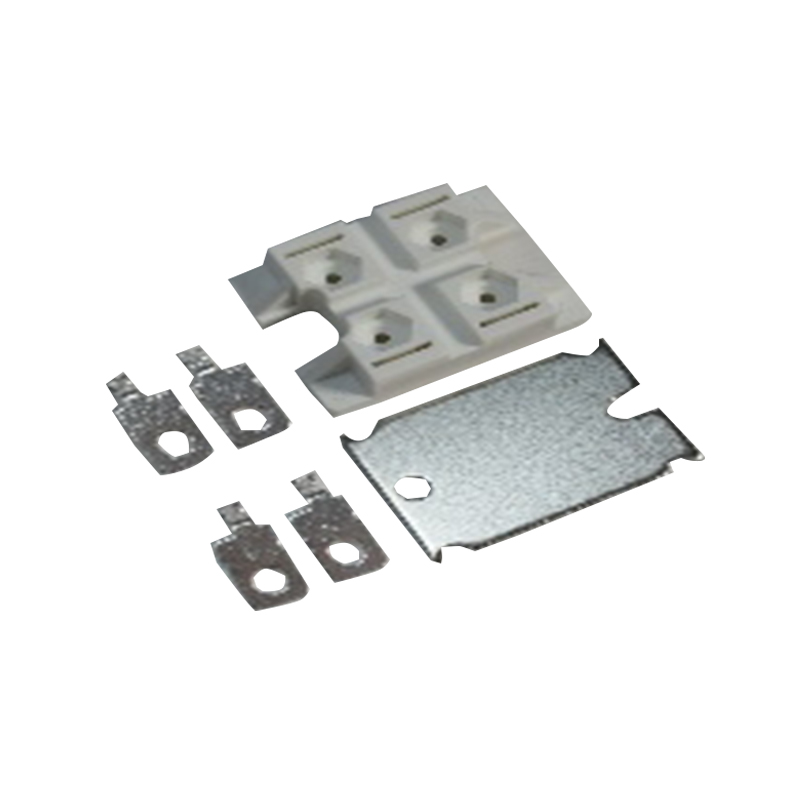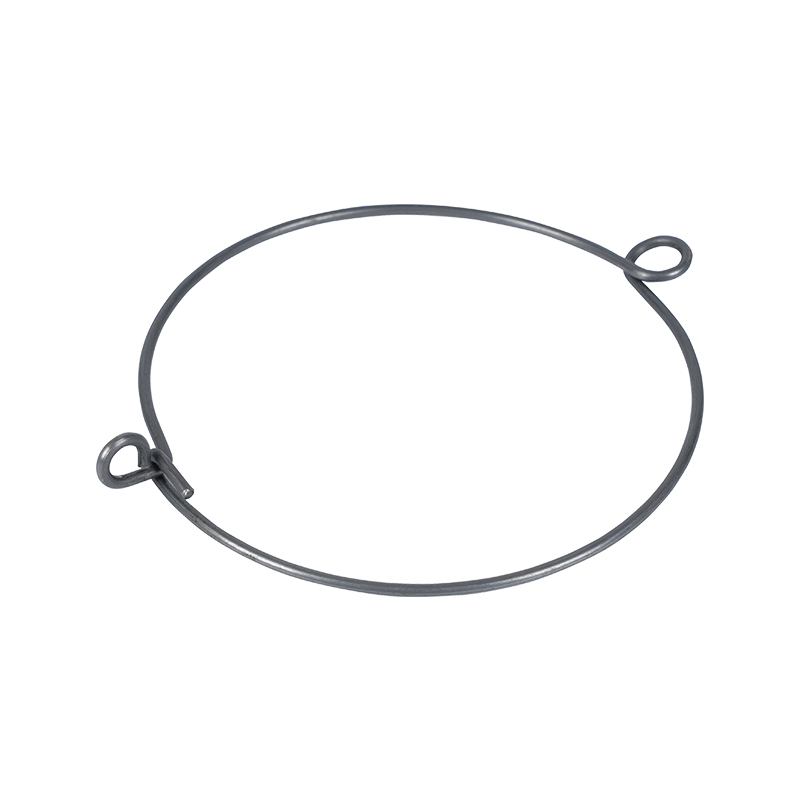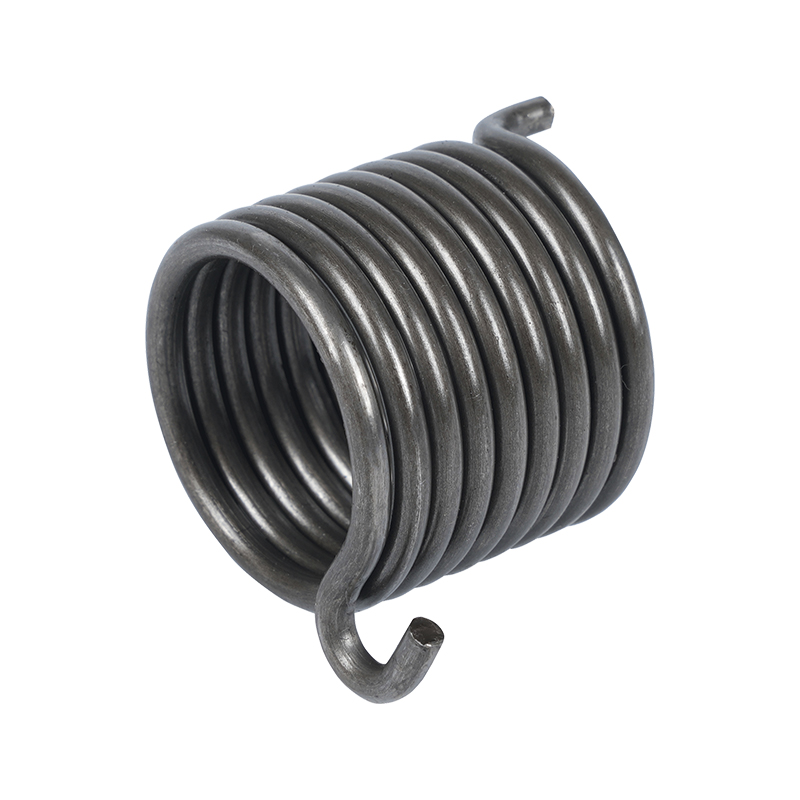CNC Processing: Shaping the Future of Manufacturing with Advanced Technologies
In the dynamic landscape of modern manufacturing, CNC Processing has emerged as a cornerstone technology, driving innovation and efficiency across various industries. As we stand on the brink of a new era, the future of CNC Processing is poised to be even more transformative, with advancements such as multi-axis machining, high-speed machining, and intelligent manufacturing the charge. These technological trends are set to redefine the capabilities and efficiencies of manufacturing processes, offering opportunities for growth and competitiveness.
Multi-axis machining represents a significant leap forward in CNC Processing capabilities. Traditional three-axis machines have long been the workhorses of manufacturing, but the introduction of multi-axis systems—ranging from four to five or even more axes—has opened up new possibilities for precision and complexity. With multi-axis CNC machines, manufacturers can now produce intricate parts with high accuracy and efficiency, reducing the need for multiple setups and secondary operations.
This advancement is particularly crucial for industries such as aerospace and automotive, where complex geometries and tight tolerances are the norm. For example, aerospace components often require intricate internal channels and curved surfaces that are challenging to produce with conventional machining methods. Multi-axis CNC machines can handle these tasks with ease, ensuring that parts meet the stringent requirements of these high-stakes industries.
Moreover, multi-axis machining enhances productivity by allowing simultaneous operations on multiple faces of a workpiece. This reduces cycle times and improves overall efficiency, making it an attractive option for manufacturers looking to stay competitive in a fast-paced market. As the technology continues to evolve, we can expect even more sophisticated multi-axis CNC systems, capable of handling increasingly complex designs and materials.
High-speed machining (HSM) is another pivotal trend in the future of CNC Processing. By operating at significantly higher spindle speeds and feed rates, HSM enables faster material removal and shorter production times. This is particularly beneficial for industries that require rapid prototyping and high-volume production, such as consumer electronics and automotive manufacturing.
One of the key advantages of HSM is its ability to improve surface finish quality. Higher cutting speeds generate less heat and reduce tool wear, resulting in smoother surfaces and fewer machining marks. This means that parts often require less post-processing, saving time and reducing costs. Additionally, HSM allows for the use of smaller tools, which can access tighter spaces and produce more detailed features, further enhancing the capabilities of CNC Processing.
However, the adoption of HSM also requires advancements in tooling and machine design. High-speed spindles, advanced cutting tools, and robust machine structures are essential to support the increased forces and vibrations associated with HSM. As manufacturers invest in these technologies, they will be able to leverage the full potential of high-speed machining, driving productivity and quality to new heights.

The integration of intelligent manufacturing technologies into CNC Processing is perhaps the exciting trend on the horizon. Smart CNC machines equipped with advanced sensors, artificial intelligence (AI), and machine learning (ML) algorithms are capable of self-optimization, predictive maintenance, and real-time monitoring. This level of automation and intelligence not only enhances efficiency but also reduces human error and downtime.
For example, intelligent CNC machines can automatically adjust cutting parameters based on real-time feedback from sensors, ensuring performance and consistent quality. Predictive maintenance algorithms can analyze machine data to detect potential issues before they to breakdowns, minimizing costly repairs and production delays. Additionally, AI-driven systems can optimize tool paths and production schedules, further streamlining the manufacturing process.
The rise of intelligent manufacturing also opens up new possibilities for collaboration between machines and humans. Operators can focus on higher-level tasks, such as programming and quality control, while the machines handle the repetitive and precise operations. This human-machine collaboration is expected to become a defining feature of future manufacturing environments, leveraging the strengths of both parties to achieveresults.
The convergence of multi-axis machining, high-speed machining, and intelligent manufacturing is set to revolutionize the manufacturing landscape. These advancements in CNC Processing will enable manufacturers to produce higher quality products at a faster pace and lower cost, enhancing their competitiveness in the global market.
For small and medium-sized enterprises (SMEs), these technologies offer a pathway to innovation and growth. By adopting advanced CNC Processing techniques, SMEs can differentiate themselves from larger competitors and tap into new market opportunities. At the same time, large-scale manufacturers will be able to further streamline their operations, reduce waste, and improve overall efficiency.
Moreover, the future of CNC Processing will also have a significant impact on the workforce. As machines become more intelligent and capable, the demand for skilled operators and engineers who can program, maintain, and optimize these advanced systems will increase. This will drive the need for continuous education and training, ensuring that the workforce remains adaptable and proficient in the latest technologies.
As we look ahead, the future of CNC Processing is bright and full of promise. The integration of multi-axis machining, high-speed machining, and intelligent manufacturing technologies will push the boundaries of what is possible in manufacturing. By embracing these advancements, manufacturers can unlock new levels of efficiency, precision, and innovation, positioning themselves for success in an increasingly competitive global market.


 English
English русский
русский Español
Español











